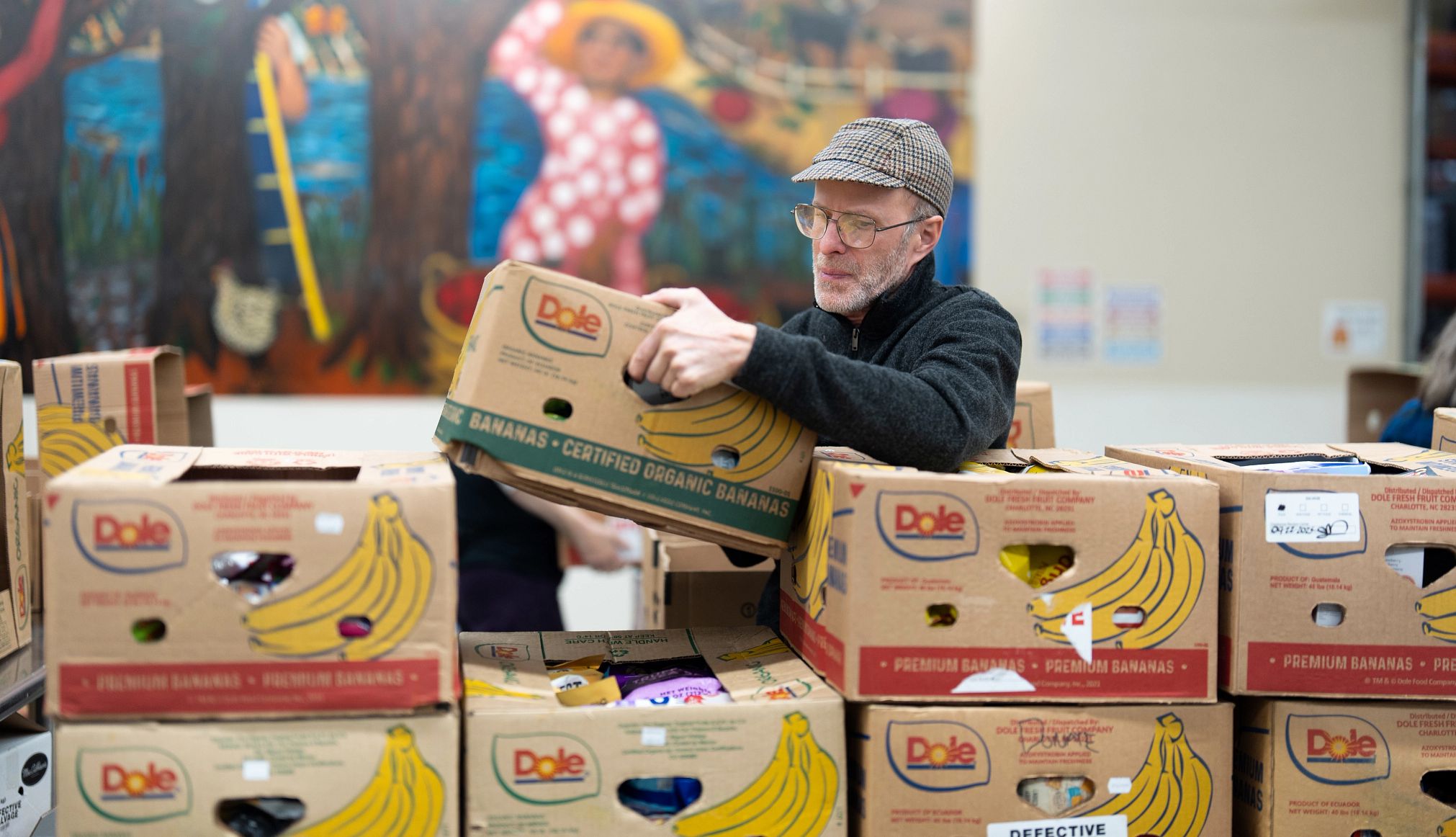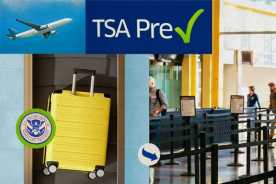AARP Hearing Center


In this story
AARP Foundation fundraiser • Help hotline • Food pantries • Resources in your neighborhood • Senior centers • DoorDash & retailers
Millions of older adults are still facing uncertainty about federal food aid as a result of the ongoing government shutdown.
After the administration initially said benefits would not be paid during the shutdown, the courts ordered the federal government to use set-aside funding for the Supplemental Nutrition Assistance Program (SNAP).
On Nov. 3, the administration said it will comply and “deplete SNAP contingency funds completely” to partially cover November benefits, according to court filings.
Officials notified states on Monday so they can begin calculating household benefits, but it remains unclear how long it will take for the money to reach individuals, who’ve already experienced delays in food aid.
Join Our Fight to Protect Older Americans
Here’s what you can do to help:
- Donate to AARP Foundation’s effort to raise money for local organizations and food banks that support older adults.
- Sign up to become an AARP activist for the latest news and alerts on issues you care about.
- Find out more about how we’re fighting for you every day in Congress and across the country.
- AARP is your fierce defender on the issues that matter to people 50-plus. Become a member or renew your membership today.
In October, federal officials first informed states that SNAP beneficiaries will not receive any new money to help pay for food until funding is restored.
On Oct. 31, a day before benefits were set to end, federal judges ruled that the U.S. Department of Agriculture (USDA) must pay SNAP benefits out of its emergency funds. However, states have already missed the deadline for funds to be disbursed, resulting in delays.
State governments, food pantries and nonprofits nationwide have been preparing to provide support, though state and local organizations have noted that community efforts cannot permanently stand in for SNAP, formerly known as food stamps.
SNAP benefits provide nine meals for every one meal provided by food banks, according to Feeding America, a nonprofit network of more than 200 food banks. That’s why AARP is joining organizations across the country to address the SNAP shortfall and ensure older adults have access to food.
AARP also has been working alongside state offices to urge lawmakers and the administration to protect SNAP from funding cuts and policy changes that make it harder for older adults to afford food.
To support efforts by food banks to ensure older adults can access the food they need, AARP Foundation, an AARP charitable affiliate, is raising emergency funds for hunger relief. The original match of $750,000 has been met, and due to continued need, donations will now be matched up to $250,000, for a total of $1 million in match funds.
“With SNAP payments delayed, millions of older adults don’t know how they will cover that next grocery bill. We cannot wait to act,” says Claire Casey, president of AARP Foundation. “All donations will be matched dollar for dollar by AARP Foundation and go directly to organizations on the ground meeting this moment with vital food aid.”
If you need food aid, here are some resources that may be available in your community.
Call 211
Even though SNAP is a federal program, it’s run by individual states and supported by local nonprofits and food banks that work directly with people facing food insecurity.


































































More From AARP
Women on Health Care, Retirement, Costs in 2025
AARP focus groups tap into views of female voters
US Government Shutdown Impacts Older Adults
Travel plans, SNAP food aid, Medicare telehealth and retirements all face uncertainty
The Government Shut Down. What Happens Next?
AARP lobbyist explains how important services will function